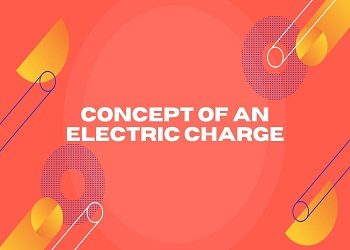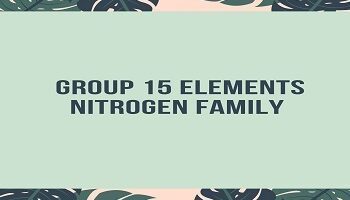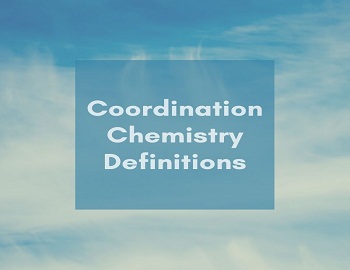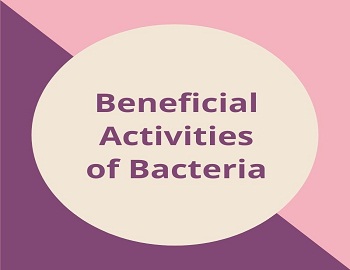Electric Charge:
The matter on the earth which occupies the space may be solid, liquid or gaseous. The matter is made up of one or more elements. Each element is made up of many atoms which are of similar nature. Nowadays, scientists are successful in breaking atoms and studying the result of products.
According to the modern electron theory, the atom is composed of the three fundamental particles, which are invisible to bare eyes. These are the neutron, the proton, and the electron. The proton is positively charged while the electron is negatively charged. The neutron is electrically neutral i.e. possessing no charge. The mass of neutron and proton is the same which is 1.675 X 10-27 kg while the mass of an electron is 9.107 X 10-31 kg. The magnitude of the positive charge on a proton is the same as the magnitude of the negative charge on an electron. Under normal conditions, the number of protons is equal to the number of electrons hence, the atom as a whole is electrically neutral. All the protons and neutrons are bound together into a compact nucleus. The nucleus may be thought as a central sun, about which, the electrons revolve in a particular fashion. The electrons are arranged in different orbits i.e. levels. The orbits are also called shells.
The orbits are more or less elliptical. The electrons revolving in various orbits are held by the force of attraction exerted by the nucleus. The orbit which is closest to the nucleus is under tremendous force of attraction while the orbit which is farthest is under the very weak force of attraction. Hence, electrons revolving in the farthest orbit are loosely held to the nucleus. Such a shell is called a valence shell and the electron in this shell are valence electrons. In some atoms, at room temperature only, these valence electrons gain additional energy, and they escape from the shell. Such electrons exist in an atom as free electrons. Now, if such electrons are removed from an atom, it will lose a negative charge and will become positively charged. Such positively charged atom is called an anion. As against this, if excess electrons are added to an atom, it will become negatively charged. Such a negatively charged atom is called a cation.
This total deficiency or addition of excess electrons in an atom is called its charge and the atom is said to be charged. The unit of charge is the coulomb.
The deficiency or excess of electrons can be achieved by different methods. One such methods is to rub two dissimilar materials against each other. When an ebonite rod is rubbed on a fur cloth, then the rod extracts electrons from fur cloth and behaves as negatively charged while fur cloth behaves as positively charged. This charged condition of the rod cannot be sensed by eyes or by any sense organs. But, we can observe the effect of it by a simple experiment. Such charged ebonite rod, when brought near light pieces of paper, attracts these pieces. This attraction is nothing but the effect of static charge present on the rod. This is the basic principle of static electricity.









Comments (No)